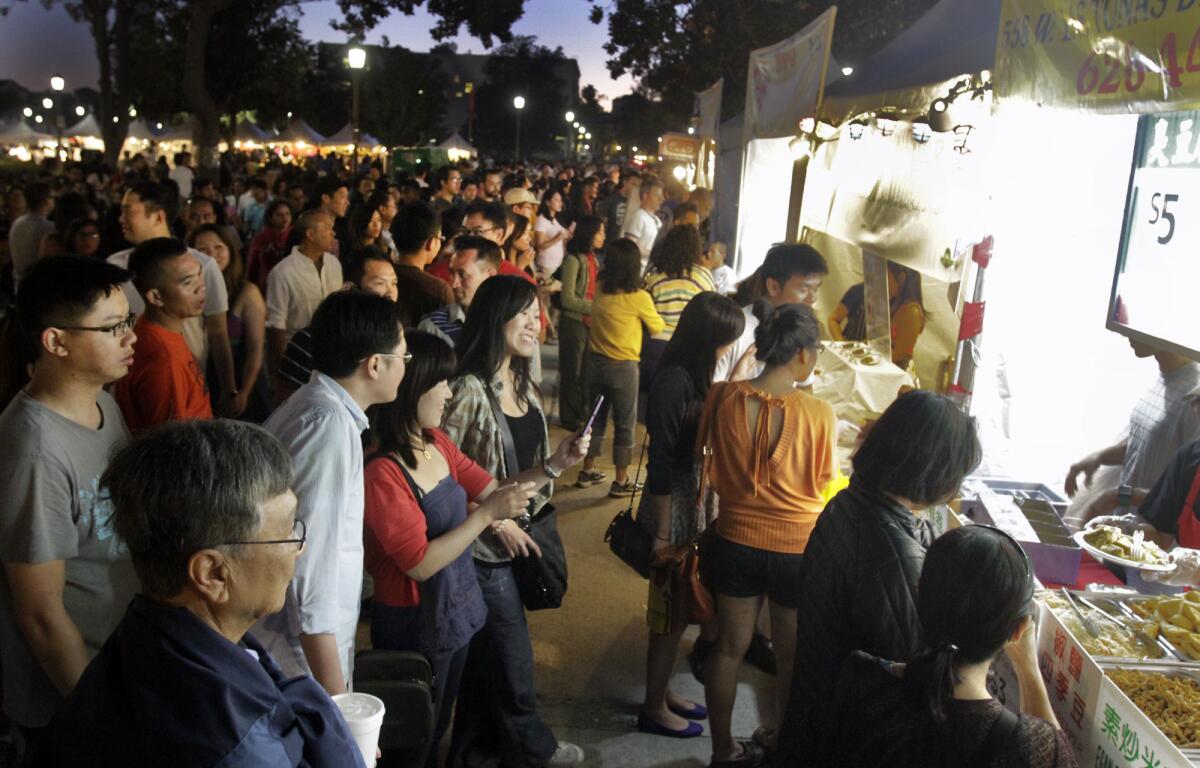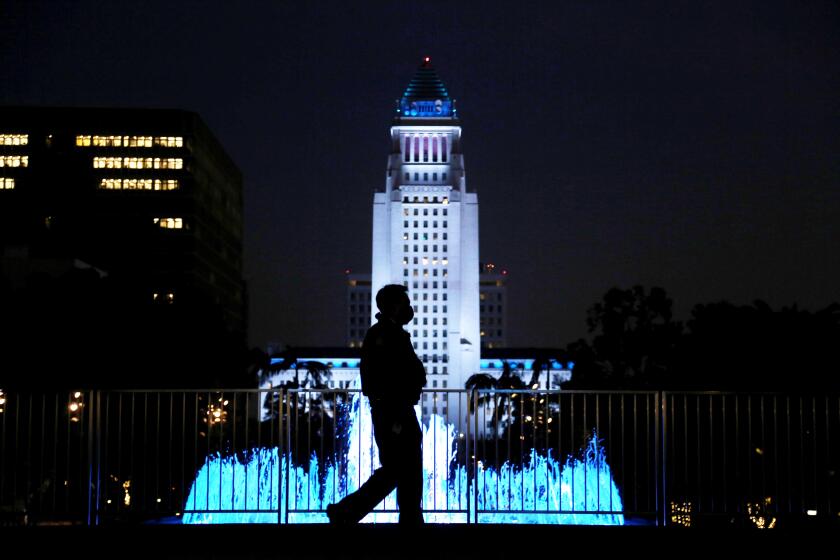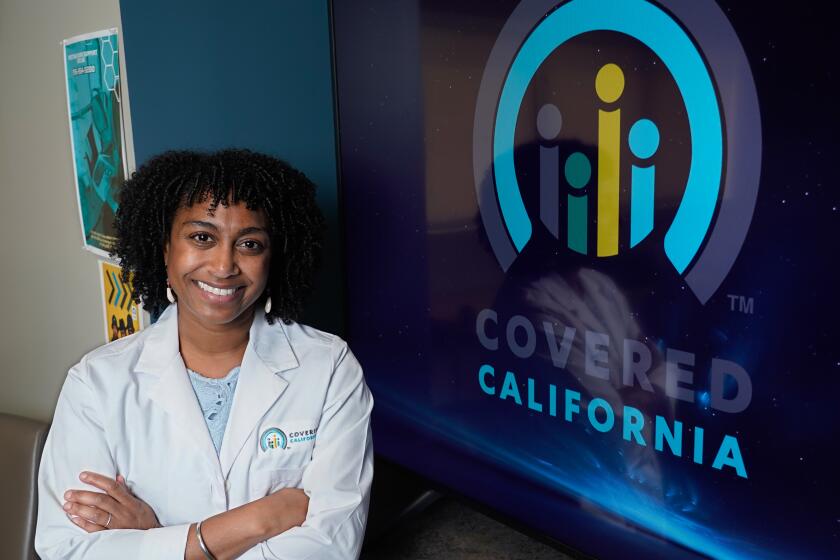Column One: Asian American youth culture is coming of age in ‘the 626’

- Share via
Plumes of smoke from roasting lamb skewers curl into the night air. Crowds jostle past fermented tofu stands and vats of curry fish balls.
“Xia bing’er! Xia bing’er!” one vendor sings in the high, lilting dialect of Beijing. “Shrimp pancakes!”
David Fung, a new Houston Rockets hat on his head, slides through the Asian night market in Pasadena with his brother, Andrew. “Dude, this is like the 626 Olympics,” he says, weaving to the beat of Rihanna and YG.
The two are swept up in the moment and start belting out a version of their viral YouTube rap about the 626 — the area code of much of the San Gabriel Valley.
Let me tell you about a place out east
Just 15 minutes from the L.A. streets
Hollywood doesn’t even know we exist
Like it’s a mystical land, filled with immigrants ...
Six-two-six, young, wild and free.
::
Thirty years ago, a wave of Chinese immigrants began remaking the San Gabriel Valley. It started with developer Frederic Hsieh, who had bought a few million dollars’ worth of real estate and commercial property and promoted Monterey Park as the “Chinese Beverly Hills.”
Vacant lots and business strips were rapidly revitalized with a flood of Asian wealth. Monterey Park became America’s first suburban Chinatown.
Today, the first generation of Chinese Americans who grew up in the area is coming of age. To many of them, with their often halting Chinese and brash American ways, China, Taiwan and Hong Kong seem distant and strange. At the same time, they don’t want to abandon the world their parents left behind.
“You don’t fit anywhere, so you create something new,” says Aileen Xu, 21, who grew up in the San Gabriel Valley. “A lot of us don’t necessarily connect to our homeland. We’re not from China. We speak English.”
This new creation is not entirely formed, but you can see the signs of it in song and dance; food from a dozen provinces with an American twist; a funny way of talking that mixes bits of dialect from across China and American hip-hop.
There are new clothing lines and music labels and a reincarnation of Taiwanese shaved ice with a frozen yogurt spin, marketed as Fluff Ice. T-shirts, emblazoned with “Six-Two-Six,” are selling briskly.
Boba, those chewy tapioca balls served with sweet tea, is considered the ultimate 626 product. It was popularized here and is now all the rage in Asia.
Rapping in the middle of the night market, the Fung brothers draw a group of onlookers, who are juggling meat skewers and containers of fresh soy milk.
Where kids drink more milk tea than liquor
And they roast more duck than Swishers
The six-two-six, man, check the address
Home of Sriracha and Panda Express
The Fungs, clean cut and twentysomething, are the unlikely front men for the 626.
To begin with, they’re from Seattle.
They grew up in the largely white suburb of Kent eating at Applebee’s and listening to Jay-Z. Their parents, pursuing doctorate degrees, came from mainland China and Hong Kong but supported their children’s love for basketball, fashion and hip-hop.
They visited Monterey Park to see their cousin, who, like most everyone in the area, didn’t think the suburb was anything special.
The Fung brothers, however, were fascinated. “The fusion lifestyle here just seemed so unique and special to us because we didn’t grow up around it,” David says.
After graduating from the University of Washington with business degrees, the brothers moved to “MPK” in spring 2011 to pursue their dream of being entertainers.
They’ve developed a world view based on the odd melding of things Chinese and American and the habits of a young Asian generation obsessed with boba tea, break dancing and Instagram photos of food.
“We can’t create the culture of people going to boba shops five times a day, but we put a name on it,” Andrew says. “People weren’t proud of it before, and we’re telling them: ‘Just own it.’”
Beneath the relentless search for the best shaved ice or pho soup noodles, there’s a yearning among young Asian Americans for something beyond the Tiger Mom world of piano lessons, perfect SAT scores and a medical degree.
So what we drink tea?
We jus’ eating good
In the SGV
So what we eat late?
That’s how it’s s’posed to be
::
“I think they’re creative, they’re on to something,” says Monterey Park Mayor Mitchell Ing, a dapper UCLA economics grad and hapkido black belt.
“I’m a fan,” he says.
Ing was so captivated by the youth phenomenon that he started showing the Fungs’ YouTube videos at department head meetings.
“What the Fung brothers have done has surpassed what the Chamber of Commerce and what we as the city have done in promoting ... the businesses in the community,” he said.
Cal State Long Beach sociology professor Oliver Wang says these local Asian American YouTube celebrities have successfully given the region more “culture capital.”
It’s the attitude, not the neighborhood, that has changed, says Wang, who lives in the San Gabriel Valley.
“I grew up with the cafes and boba spots, but none of that seemed particularly cool back in the ‘80s and ‘90s,” he says. “Knowing who served the best pho on Valley Boulevard wasn’t the sort of knowledge that’d carry the same kind of weight as, say, being able to say you once went surfing with the Z-Boys.”
Now, it’s about having good taste and authority on what’s best in the area. “There’s now a generation of young people in the San Gabriel Valley who want to have a stake in a local identity,” Wang says. “I think this generation of youth wants to be able to ‘rep the hood,’ as they say.”
The biggest event of the 626 so far was last month’s night market.
Jonny Hwang, 31, had been kicking around an idea with his wife. Why not introduce Angelenos to the culture and night life of the San Gabriel Valley?
“I’ve always thought it was a shame that there was no night market here,” said Hwang, who lives in Alhambra.
The couple, along with a friend, walked door to door along the main restaurant streets, coaxing vendors to come together for a night food market like the ones popular in Taipei, Beijing and most other Asian cities.
Their first 626 Night Market in April underestimated the popularity of the event: More than 15,000 people swarmed one block of space in Pasadena. Traffic came to a standstill and vendors ran out of food.
By July, they had ironed out the problems. For one night, 35,000 people crowded the plaza in front of Pasadena City Hall, transported to the steaming alleys of Asia.
“People are even eating rou chuan’er like they do in Beijing,” David says, appreciating a clump of women stooped on the curb nibbling fistfuls of seasoned lamb skewers.
Meeting up with more of their ge men’er, or homies, they declare the night market “the greatest thing to happen to every Asian American in the 626 area code.”
Brian Wong, 25, who along with dozens of others volunteered to help, says: “Rarely do you see something that celebrates us and the age that we’re in.”
“All this new food — shaved ice, late-night boba, fusion food — these are things that our culture has produced,” he says. “To be able to see all this consolidated into the 626 Night Market helps us identify our niche here, of who we’re becoming.”
::
It’s Saturday and the night is hot, the type of summer evening that the San Gabriel Valley is known for — a hint of wind, a muddy light as the sun begins to fade behind the Barnes Park amphitheater in Monterey Park.
The Fung brothers are emceeing the 626 Best Dance Crew competition. “Let’s start a wave,” they yell from the stage to the few hundred young fans in the crowd. They call out cities in the area: Alhambra, Temple City, Rosemead, Baldwin Park, “MPK.”
“Make some noise if you’re from the 626!” Fung says.
The crowd erupts.
Backstage, the Fire Ferrets from San Gabriel High School pop their shoulders and adjust their eight counts. Girls from Temple City High School don matching kimonos and arch their backs in a last-minute stretch.
Screams echo the pounding dance moves on stage. Somewhere in the crowd, a group waves a handmade poster: “Shake that ass Ho.”
Ho is the last name of a dancer in one of the performing groups.
“I love the attitude,” says Kimmay Evans, one of the judges. “It’s like, ‘I do homework all day, and at night, I dance.’”
Back on stage, an all-female group from Alhambra’s Mark Keppel High School flip their long, straight, black hair and begin bouncing to the sound of Beyonce.
Twitter: @RosannaXia
More to Read
Sign up for Essential California
The most important California stories and recommendations in your inbox every morning.
You may occasionally receive promotional content from the Los Angeles Times.











